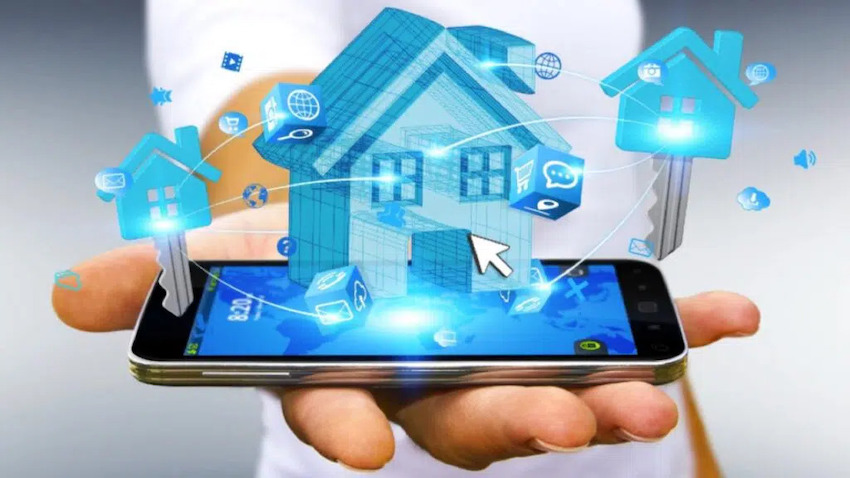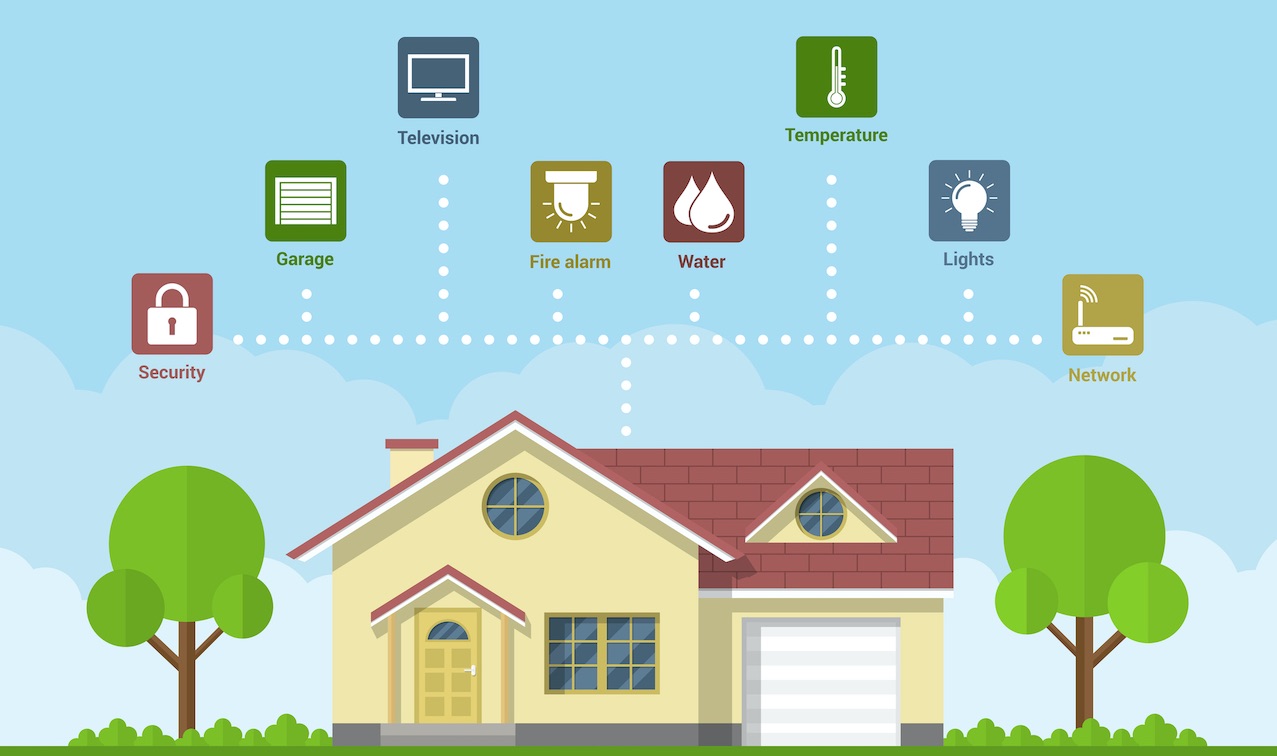Artificial intelligence really has various areas of application. We recently told you how ChatGPT is used by hackers. And now we can take stock of another and decidedly more legitimate use: that for the smart home, which also includes AI systems.
It helps us in this sense annual research by the Internet of Things Observatory of the School of Management of the Polytechnic of Milan. Which, in summary, tells us about growing numbers in 2023 regarding the Italian smart home market, but still far from the European average. Let’s look at the results of the study in more detail.
La smart home
A precise definition of smart home can be found on the website of the Internet of Things Observatory of the School of Management.
This is the “possibility to independently or remotely manage systems and devices within a home, in order to save energy, simplify domestic life and/or guarantee the safety of the people inside”.
If home automation involves the wiring of the electrical system, the smart home refers to the Internet of Things (IoT): the devices communicate with each other thanks to the Internet and can also be managed remotely, via smartphone or voice assistants.

The smart home market in Italy: research
Like every year, the Internet of Things Observatory of the School of Management has published data on the smart home market in Italy, this time referring to 2023. The report was presented on Thursday 15 February in Milan, on the occasion of the Smart conference Home Reloaded.
And the results are chiaroscuro. It is true that there is a growth of +5% compared to 2022, and 810 million euros have been reached, with a growth rate higher than the European average. Yet we are still far from the average European per capita spending: 13.7 euros in our country against the 28.8 euros of the community average.
Furthermore, +5% is only partially comforting when compared to the +18% of the smart home market in Italy in 2022 compared to 2021 (not to mention the +29% in 2021 compared to 2020).
Boom in artificial intelligence
The decreasing percentages compared to previous years are justified by the reduction of incentives and bonuses in the energy sector.
However, in 2023 the number of companies offering “innovative services thanks to the valorisation of the data collected by devices and the integration of IoT solutions with artificial intelligence algorithms” grew.
The sale of hardware devices is seen as a means to expand their customer base, and companies are starting to look more consciously at new IoT solutions based on Generative AI.”
The smart home market
Security solutions lead the smart home market (24% of the total, for a turnover of 180 million euros, +30% compared to 2022). This is followed by household appliances (19%), heating and air conditioning (18%) and smart speakers (16%).
As regards sales channels, after the +40% in 2022 the traditional supply chain slows down (360 million euros, 44% of the market, +5%).
The eRetailer channel is growing strongly (310 million euros, 38% of the market, +20% compared to 2022). Multi-channel retailers, on the other hand, recorded -10%.
If we then look at consumers, 59% declare they own at least one smart object in their home70% are very satisfied with their purchases, but only 38% have actually connected the devices they own.
92% of consumers are very satisfied with the level of usability of the app as an interface between the smart home and the user. 81% use them at least once or twice a week (60% every day), especially to control household appliances (93%) and security devices (84%).
The comment
Giulio Salvadori, Director of the Internet of Things Observatory, expressed his opinion on the data of the smart home market in Italy in 2023.
Salvadori said: “2023 brought great news on the supply and demand front of smart home solutions.
On the demand side, we are witnessing an increasingly strong consolidation of the app as the main interface between the smart home and the user. On the supply side, the number of companies offering innovative services is growing, integrating artificial intelligence algorithms into their solutions. The objective is to retain its customers, focusing on an increasingly personalized experience and creating value thanks to the data collected.”
















Leave a Reply
View Comments